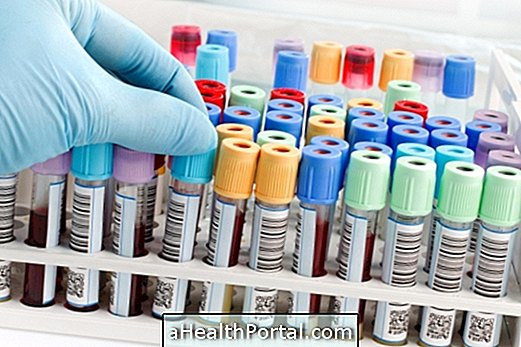Churg-Strauss vasculitis is a rare autoimmune disease that causes inflammation and destruction of blood vessels, especially the nose, lungs, intestines and heart, causing asthma-like symptoms such as coryza, difficulty breathing or wheezing, for example.
Churg-Strauss vasculitis has no cure, however, symptoms can be controlled with appropriate treatment to suppress the immune system, improving the quality of life of patients.
Symptoms of Churg-Strauss vasculitis
Symptoms of Churg-Strauss vasculitis vary according to the affected organs, however, the most common include:
- Fever above 38º C;
- Difficulty breathing;
- Persistent cough;
- Wheezing;
- Frequent coryza;
- Abdominal pain;
- Stools with blood;
- Pain in the joints
In addition, when vasculitis affects the nerves, symptoms such as burning or stinging in the arms and legs, as well as lack of strength, can appear.
Diagnosis of Churg-Strauss vasculitis
The diagnosis of Churg-Strauss vasculitis is usually made by a vascular surgeon or allergist through the observation of symptoms and blood tests, where there is an increase in the number of eosinophils and the presence of substances that indicate inflammation in the body.
Treatment for Churg-Strauss vasculitis
Treatment for Churg-Strauss vasculitis helps to suppress the immune system to prevent inflammation of the blood vessels and therefore various types of treatment can be used, which include:
- Corticosteroid remedies, such as Prednisone: are used primarily when vasculitis appears in the heart, kidneys, or intestines;
- Chemotherapy tablets, such as Cyclophosphamide or Methotrexate: are used in doses lower than those for cancer treatment and help to suppress the immune system;
Usually, when the symptoms are well controlled, the doctor reduces the doses of medications used to avoid side effects such as nausea or vomiting.
See other types of vasculitis in:
- Vasculitis
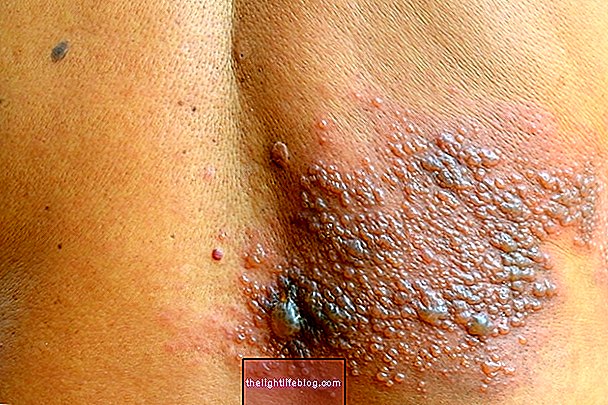
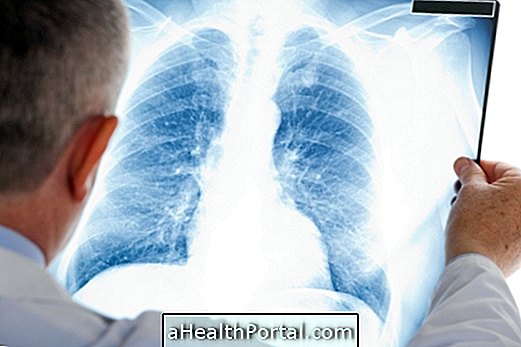
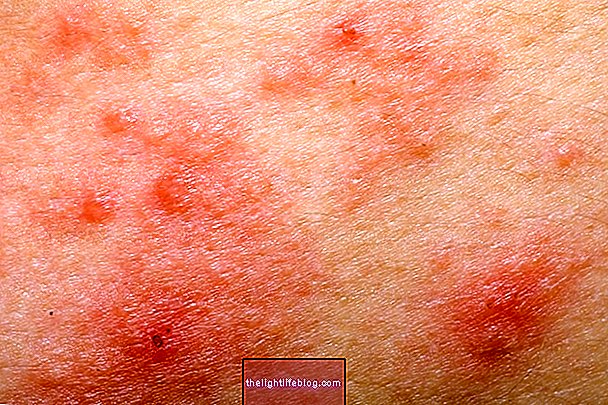


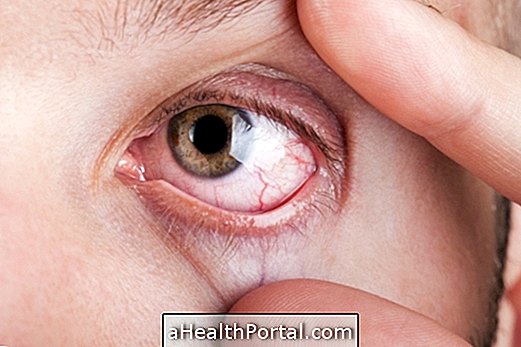



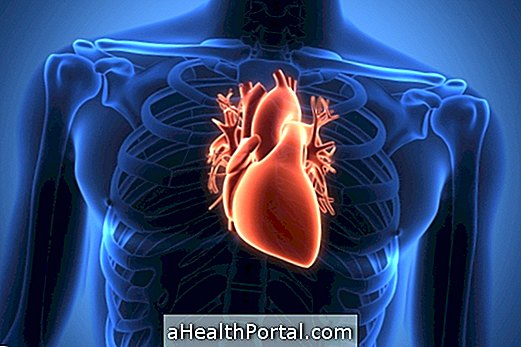



.jpg)


